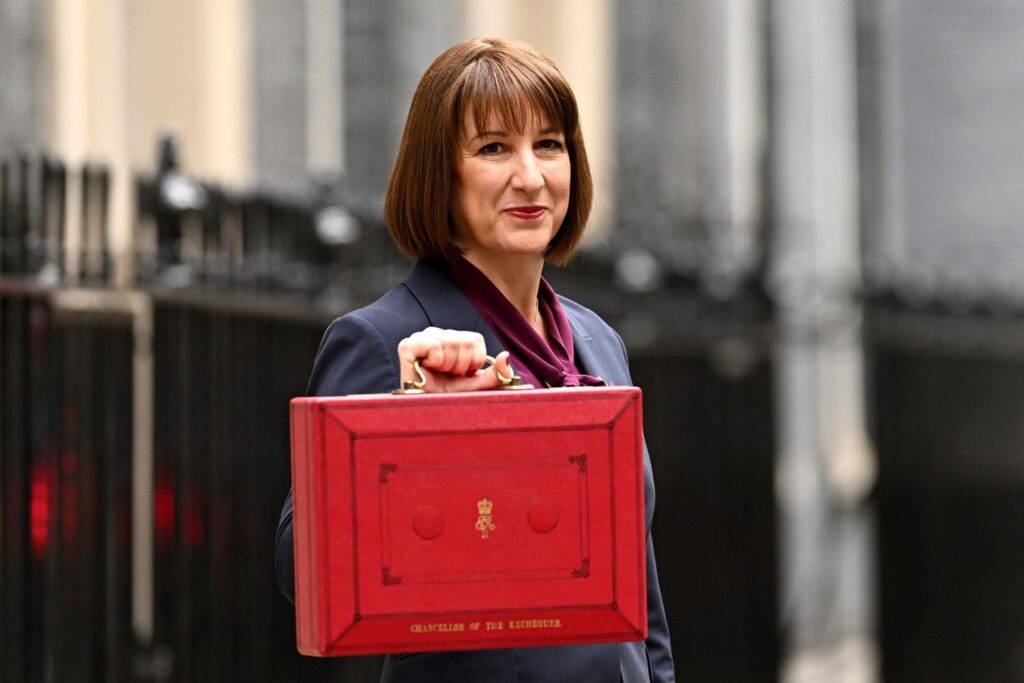The tenor of Donald Trump’s second term in office is now becoming more obvious with the nomination of potential members of his cabinet. While there are some, what we might call ‘wild-card’ nominees, there is a consistency across the new cabinet in terms of hostility to China and a preparedness to approach government in very different ways.
To that extent, markets having reacted to the Trump election by bidding up assets that are ‘proximate’ to Trump (bitcoin, Tesla for example) are now becoming more discerning and are beginning to discount sectors like healthcare that could be disrupted by the policies adopted by the Trump government. What is not get clear but that could be decisive for markets is the attitude of the Trump government to large technology firms.
To an extent this will be skewed by the presence of Elon Musk within the government, and several actors are thought to be against the power of ‘big tech’. Policy with regard to other sectors like energy will be more predictable, and greater production (fracking and other areas) will likely drive down house prices.
Whilst we are two months out from the Trump government taking office, they appear to be moving quickly and with intent. In this regard there are two risks on the horizon, if we assume that the sequencing of policy follows the logic of tariffs first, then regulatory changes and then towards the end of 2025, we see tax cuts.
The first relates to the reaction to tariffs imposed by the Trump administration (they have underlined an approach that involves 10% across the board tariffs on goods into the US, and 60% on specific goods from China). Other regions have prepared for this eventuality, and it may arise that China responds by using the grounds of national security or compliance to block US services in China, and that it finds many ways of disrupting the supply chains of US firms in China. The result could be a complex, protracted supply shock that makes monetary policy more difficult and that drains policy energy from the major governments. In extremis this scenario might see a further deterioration in relations between the US and China, and a rupture in US-European relations.
The second risk relates to interest rates, which have been on a downward path, though long bond yields have recently risen. The policy platform of the Trump cabinet – tariffs, running the economy ‘hot’, deportation of immigrants and a liberalisation of the banking sector, all point one way – higher inflation. With the Federal Reserve likely to take great care before communicating a tighter monetary policy, the risk here is that bond yields rise sharply, triggering a broader downswing in asset prices.
Read the full article here

